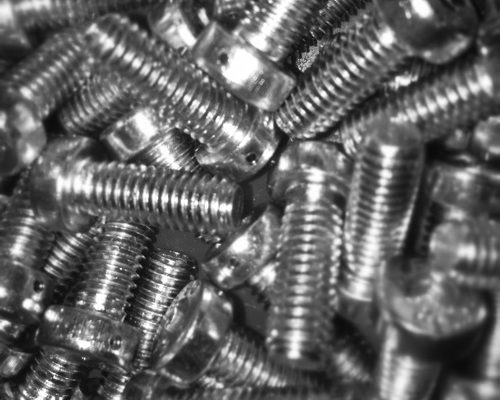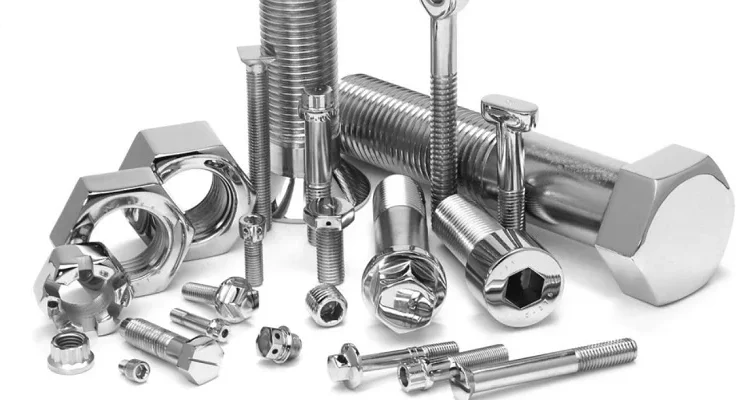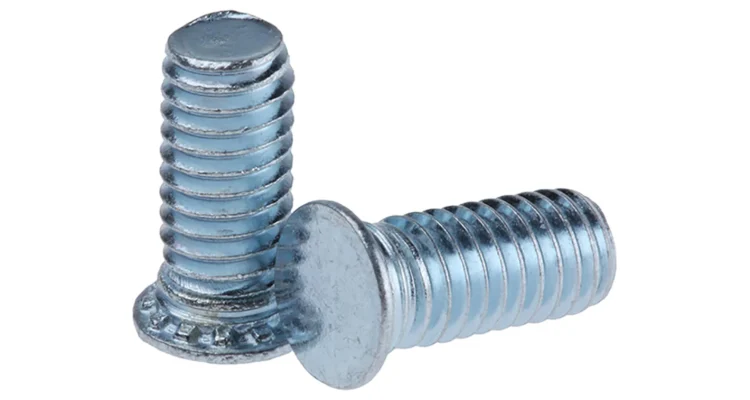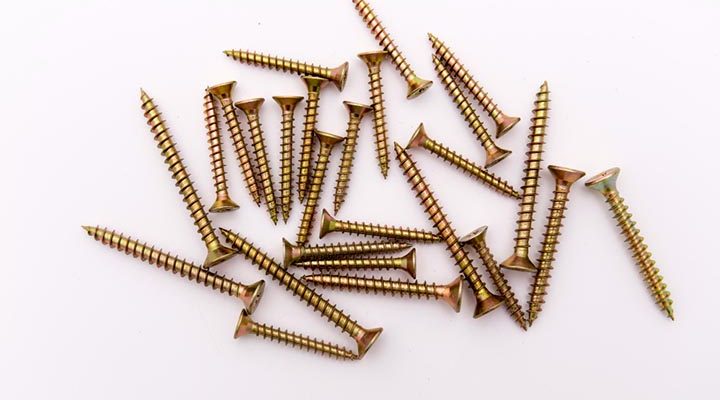
5 Unique Properties Of Brass Fasteners
Brass fasteners are prized for their remarkable corrosion resistance, excellent electrical conductivity, and distinctive golden appearance. They offer superior machinability and possess inherent antimicrobial properties
Corrosion Resistance
Marine Applications of Brass Fasteners
Brass fasteners are loved and valued due to their corrosion resistant properties, which makes it a great choice for all types of applications especially in harsh environments such as marine venues. Much of this stems from their alloy composition, primarily copper and zinc. Copper is known for its natural corrosion-resistance, and when zinc is added, it increases the copper’s natural tendency to be resistant towards the breaking down of saltwater and humid air.
Versatility in Coastal Environments
Brass fasteners may be common in applications where there is a risk of corrosion or contamination, e. g. in a shipbuilding environment, where salt water is a potential problem. Brass bolts have demonstrated some degree of structural integrity and visual appeal over decades without much corrosion, and it is still awaited to see just how well brass nails perform in the real world or under long-term usehyth, which we really are not going to find out for probably ~50 years (probably a similar situation as with copper wire). Brass fasteners are known to have the least amount of corrosion when tested in coastal environments for 20+ years which make them an excellent choice for building docks and piers as well as homes on the beach.
Industrial and Outdoor Performance
Not only used in the marine application, These brass fasteners are widely used in industrial applications where exposure to chemicals and vapors is common. Because of their ability to withstand extreme conditions without wearing down, A380 die castings play a vital role in the upkeep and longevity of industrial and outdoor applications. Its corrosion resistance makes it useful in industries such as chemical manufacturing and wastewater treatment, where reliability and longevity are necessary.
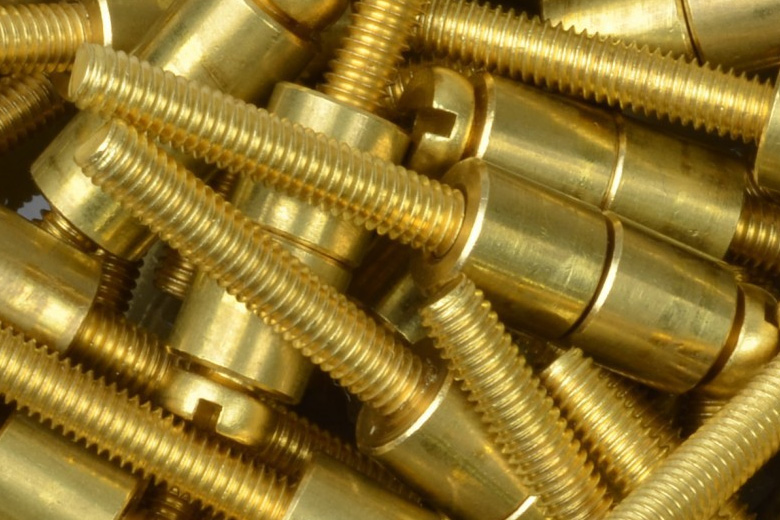
Brass Nuts And Bolts Fasteners
Electrical Conductivity
The Most Important Grounding Application
The most common use of brass fasteners is their very high electrical conductivity, which is important for grounding and electrical continuity. Brass has electrical conductivity near 28% IACS, similar to phosphor bronze, but lower than copper. This kind of efficiency in conducting stress is important especially to systems of electricity working safely.
Application in Electrical Panels
All the brass fasteners about the aspects of electrical engineering; it is required to fix grounding bars in electrical panels. Being able to conduct electricity efficiently reduces energy loss, and makes the electrical systems they are used in safer. For instance, brass, in high-energy environments such as power stations or industrial plants, is used in fasteners may be a dependable and secure connection which will help to assure that components are serenely grounded to avoid electrical surges or maybe malfunctions.
Renewable Energy Systems with Brass Fasteners
Brass fasteners are increasingly being used in sectors such as solar and wind energy installations as a component in renewable energy installations with the emphasis on green energy. These types of applications typically require materials that are able to endure environmental stressors will sustaining high levels of conductivity. The grounding of these systems–important both for electrical safety against lightning and other phenomena–also depends on brass fasteners.
Aesthetic Appeal
Significant Application in Architectural Design
Not only are brass fasteners highly functional but they also have an attractive look that is desired in architectural design. The Golden color is ideal and brings an elegance, panache which is one of the favorite colors for architects pros due to its alluring and pleasing color in conjunction with their functionality. This aesthetic is particularly desired in upscale construction and renovation projects where nothing is overlooked.
The use of brass for Furniture and Interior Design
Brass fasteners are often used in furniture making and interior design as a whole to promote a finished look of the product. Whether it be expensive cabinetry, bespoke furniture, or a display of fine craftsmanship, brass fittings provide the perfect final touch.With costly cabinetry, high quality fitting should not be substandard in any way.’] Brass fasteners are sometimes featured by designers in making a modern twist with vintage or rustic charm easily tied to traditional and contemporary aesthetic together.
Changes in Patina and Color Over Time
Brass fasteners develop a patina over time, a trait that many designers and architects appreciate. The natural oxidation that creates this patina is what imparts the beautiful, aged appearance to brass and can be a great contributor to the uniqueness and charm of a piece. No longer simply the result of deterioration and corrosion, which are traits of other metals, the aging process for brass is a value addition as it imparts a rich, multifaceted and nuanced finish, preferred by restorers and designers alike for both restoration as well as new projects.
Machinability
Best Material for Precision Parts
Brass Versus Steel:Given the outstanding machinability of brass fasteners, which is so important in the production of precision components. Brass has an incredible machinability rating of 90% which is very easy to machine material. Machining — machining with ease to allow complex and intricate forms to be realised while still maintaining the material and finish integrity of the fasteners.
Affordable Manufacturing Process
The high machinability of brass saves a lot of money during manufacturing. Its malleability and strength makes it an ideal material for machining through repetitive applications with minor wear on tooling. This means there is almost no interruption of the machine, and it makes the production line more continuous and reliable, with higher efficiency in maintenance/maintenance. Because this enables manufacturers to produce large quantities of fasteners with uniform quality and minimal deviation in dimensions at minimal cost.
Enhanced Production Speeds
This feature of Brass material not only affects the price but also the production rate. Those properties enable high-speed machining without creating the heat that could damage a tool. This allows manufacturers to realise much quicker order to delivery times for brass fasteners, supporting industries where assembly and production schedules are more demanding, like automotive and electronics.
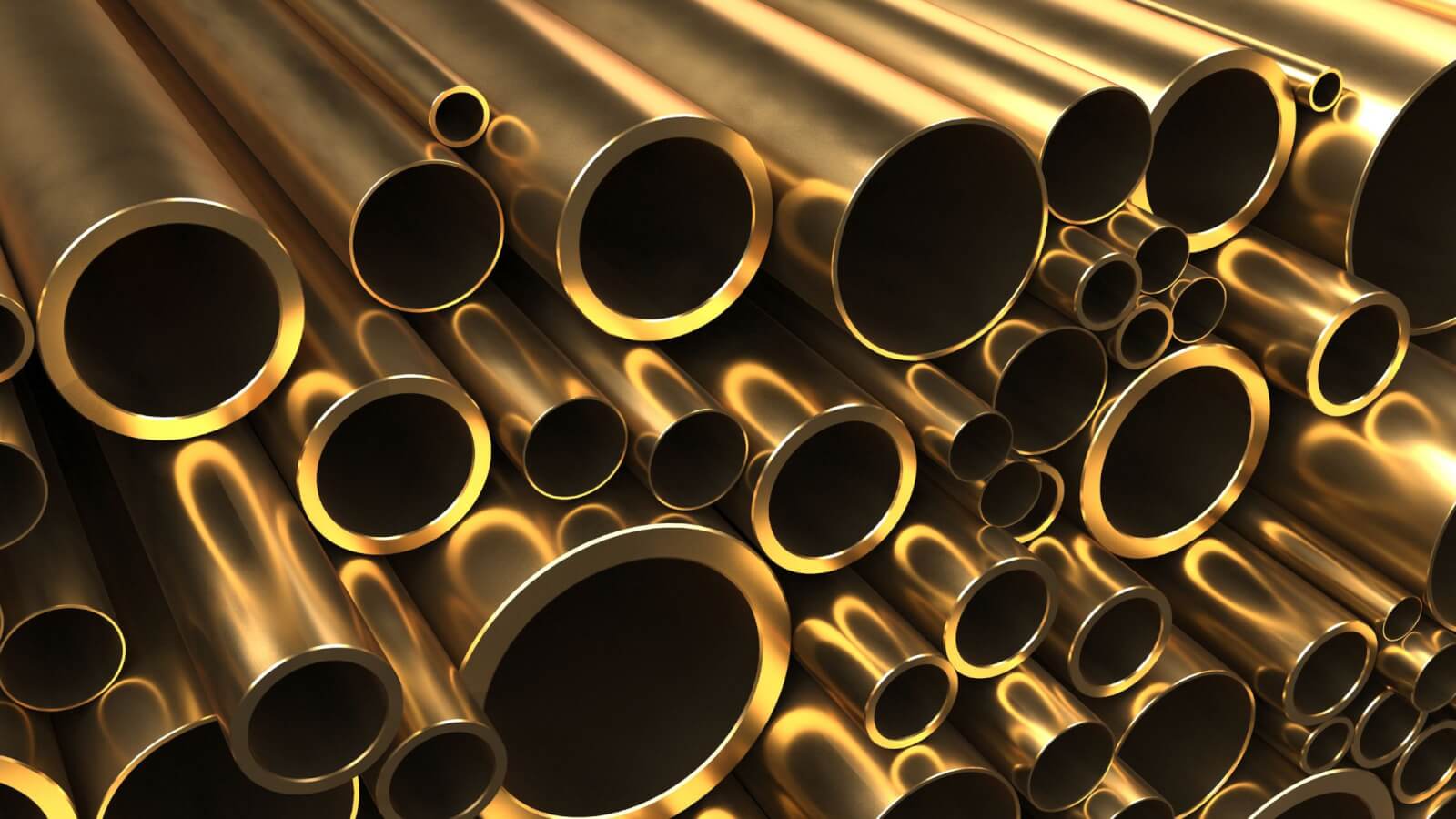
What Are the Different Types of Brass
Aesthetic Appeal
Used Prominently in Architecture
Brass old-fashioned fastener is not only useful, but also carries a specific aesthetic value very important in architectural design. The attractive golden-brown color and patterns it possesses automatically take the level of quality up a notch, making it perfect for jobs where a lot of care goes into selecting all materials, not just those on the surface. This type of visual appeal is something that has become very sought after in premium constructions and renovations where even the smallest detail matters.
How to Use Brass in Furniture and Interior Design
Brass Fasteners Play a Dual Purpose in Furniture Making and Interior Design Many designers opt for brass fasteners to perform a double duty by strongly connecting two pieces of wood and also elevate the appearance of the piece. From high-end cabinetry, custom furniture and decorative joinery, brass fasteners are often used to give a project its polished finish. Designers typically call out brass screws as being able to bolster the vintage or rustic appeal of modern-day pieces, ultimately serving as a conduit between traditional and contemporary aesthetics.
Patina and Color Changes Stick Around for A Long Time
Brass fasteners will tarnish over time, which is a desirable hallmark for architects and designers. The natural oxidation that results in this patina gives brass an richer, antiqued appearance that can really add to the character of a build. While other metals may break down or rust over time, brass gives this aging process a level of gravitas, rewarding designers and craftspeople with that more mature, intricate finish that is equally refreshing in restoration and new build projects.

